
Video
Breaking the Wall of Global Economic Crises
How Macroeconomics Shape the Financial Architecture of Tomorrow
Falling Walls Foundation,
2016
Recommendation
Economics professor Hélène Rey explores how soaring global financial interconnectivity leaves little scope for nations to exercise independent monetary policies. Although Rey’s insightful, succinct analysis covers the problem more than the solutions, getAbstract believes policy makers, economists and investors will appreciate her thoughtful revelations on the consequences of an interconnected global economy.
Summary
About the Speaker
Hélène Rey is a professor of economics at the London Business School.
Learners who read this summary also read
Article
Article









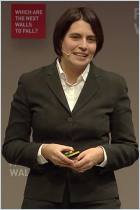
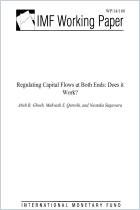
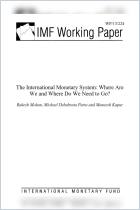
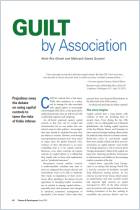
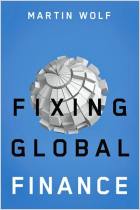
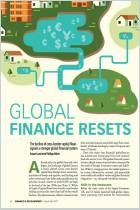






Comment on this summary or 开始讨论